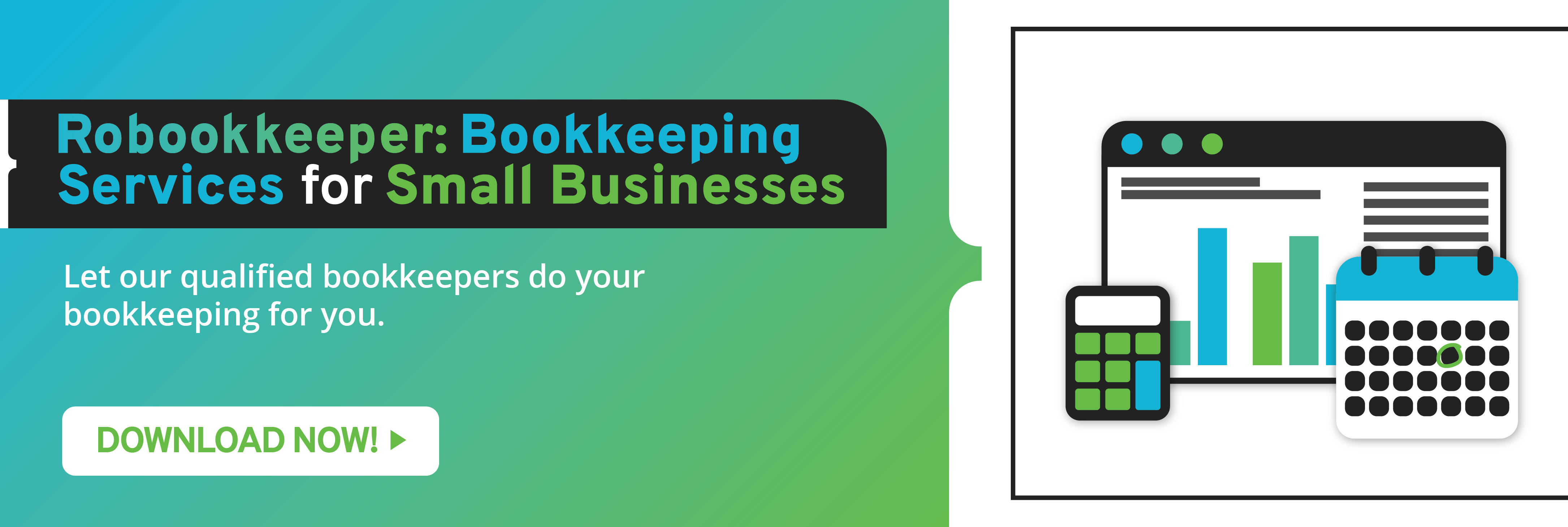Are you having difficulties increasing sales? Your analysis of customer behaviour may be lacking.
You may know enough about the behaviour of your customers, but understanding is not the same as analysis. The latter provides you with insights you can use to gain a competitive advantage, develop products and services, hone your marketing message, and connect with your target audience.
Here are ways to analyse customer behaviour.
Create Customer Segments
Simplify your analysis by organising your customers into categories. Use different segments based on some of these characteristics: age, gender, location, likes, dislikes, payment method used, and others. You can also be specific such as when creating segments for loyal customers. Group these into frequency, value of their purchases, and customer lifespan. This specific grouping allows you to determine the potential revenue you generate from them. These segments allow you to gather valuable data about your customers which you can analyse. The analysis you make can provide you with an advantage over your competitors.
Determine the Most Important Benefit for Each Segment
A customer will have a specific reason for choosing your brand. Identifying the reason enables you to improve your products and services and retain customers for a longer time. Review the external factors that may have led to the decision of a customer. These factors include urgency, convenience or they specifically looked for your product. Identifying these allow you to customise your approach depending on where a customer is along the buyer’s journey. Determine the benefit your products and services give because doing so improves customer experience and perception and boosts your conversion rate.
Extract Quantitative Data
Qualitative data is part of your overall analysis, but you also need quantitative data to complete your analysis and gain more insights about your target customers. Your own websites and social media accounts are gold mines for information about your current and potential customers, regardless of where they are in the buyer’s journey. Details you can get include blog and email subscription data, gender, age, location, likes, engagement on posts, website traffic, conversion rate and others. Gathering and analysing all sorts of data can give you a clearer picture of who your customers are and how they think.
Compare Both Data Sets
Once you have quantitative and qualitative data, start comparing both to analyse customer behaviour efficiently. Doing so provides you with insights and possible strategies to implement. It also provides you with a better understanding of your customers’ experience throughout their journey with your brand from gathering information about your product’s features to purchasing. Identify recurring trends which you can use to customise your sales pitch and service. Determine which touch points allow you to connect with your audience.
Implement Your Analysis
After analysing both quantitative and qualitative data, it is time to act. Choose which platform is best to communicate with your target audience, create a brand message that resonates with your intended market, and customise your service and landing pages to improve conversion rate. Update and adapt when needed because your customers’ minds can change at any time.
These are some of the ways to analyse customer behaviour. Implement these best practices to get the results you desire. Let Robookkeeper do your bookkeeping for you so that you can focus on learning more about your target market. We offer reliable and first-rate bookkeeping services for small business owners.

